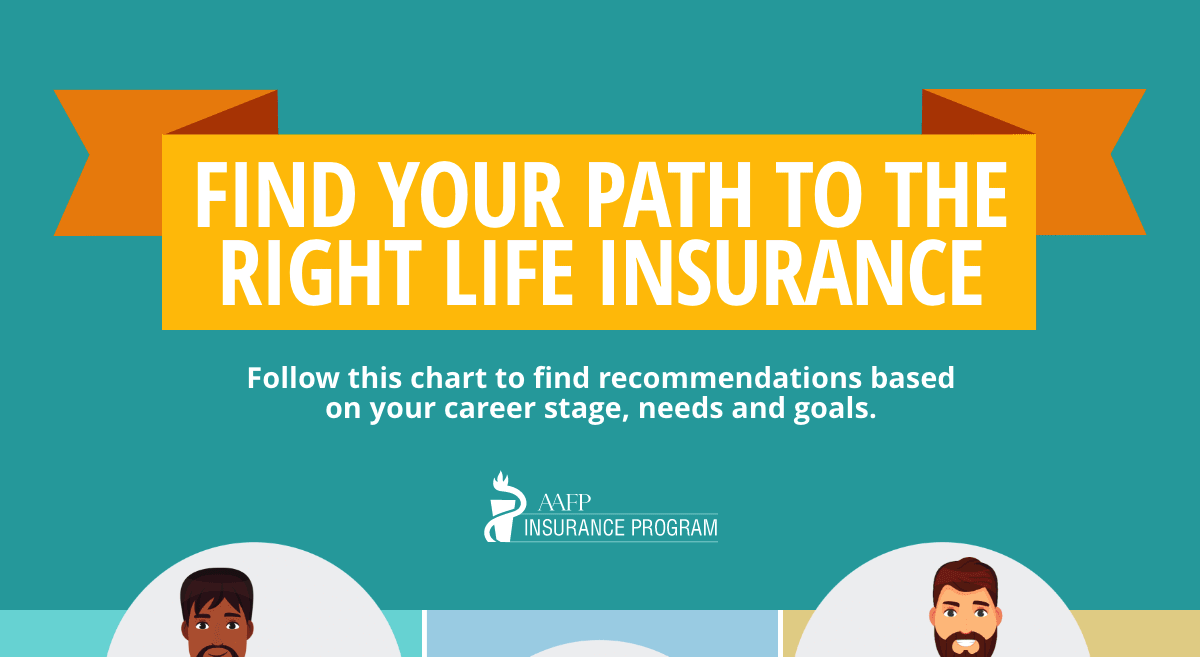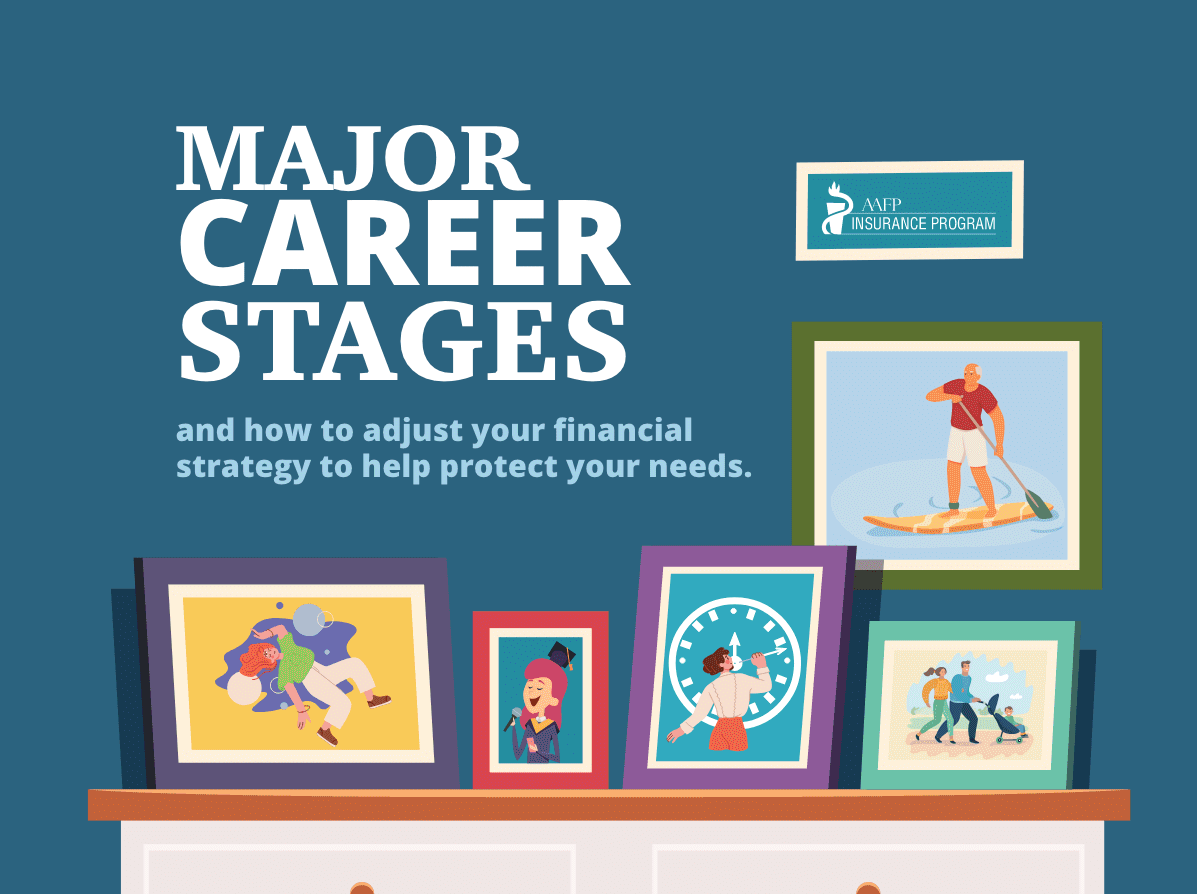In the 2014 Medscape report, family physicians reported earning an average of $176,000, placing them next to last of all physicians for the lowest amount of compensation earned. Most of the physicians reported earning the same income as they did last year with only a 0.7% increase.
The highest earning family physicians live in the North Central region of the U.S. earning $198,000, whereas family physicians living in the Mid-Atlantic region earn the lowest income at $165,000.
Family physicians practicing in rural areas may have higher earnings than those who practice in urban or metropolitan areas due to the lack of competition in smaller communities. In addition, when compared to living in the big city, rural areas have a lower cost of living. These areas will also usually pay more to attract physicians since these are typically medically underserved regions.
The difference in compensation between employed and self-employed family physicians is almost negligible as their earnings are almost equal ($176,000 employed and $177,000 self-employed). However, on average, physicians who are employed in a hospital setting significantly earn more money than their solo-practice counterparts ($191,000 hospital and $158,000 office-based solo practice).
Family physicians were split 50-50 in regards to whether or not they felt fairly compensated for their time and work. This is an interesting split considering how many hours family physicians spend seeing patients. 57% of family doctors reported spending no more than 40 hours seeing patients each week with 42% spending more time than that – some as high as 65 hours.
A majority of family physicians (46%) see between 76 and 124 patients per week and spend about 16 minutes or less seeing each patient (55%).
Another survey released in November 2014 by Physician’s Practice (requires log-in to access) revealed similar findings. 57.4% of respondents who practice family medicine reported earnings between $150,001 and $250,000.
42% of survey respondents reported that their income remained the same as last year, whereas 16.4% saw a decrease in their income by more than 10% and 10.3% received an increase of more than 10%.
30.3% of physicians reported working in a solo practice, while 39.7% work in group practices with 2-9 other physicians.
For physicians who own their own practice or partner with other physicians in smaller group practices (40.4%), earning enough revenue has been a challenge.
In the survey, physicians listed some of the ways in which they are boosting revenue:
- Increase number of patients seen (33.3%)
- Take on work outside of their practice (29.2%)
- Add ancillary services (23.2%)
Additional methods include changing to a direct pay, concierge or hybrid practice, starting an in-house dispensary, charging for patient portal or e-visits, and starting fee-based house calls.
For physicians who are concerned about the financial viability of their practice within the next three years, 35.2% don’t think their practice will growing significantly, 23% are working harder just to maintain their income, and 9.5% may consider closing their doors.
But no matter how much your practice earns in the years to come, you should do everything in your power to protect your hard-earned income. If you were to fall ill or become disabled, how would you make a living? If you think it’s difficult to keep the lights on at your practice now, imagine if your income suddenly stopped. To prevent the unfortunate from happening, consider the different types of financial protection that are available to you and your family.
Disability income insurance is one of the most overlooked forms of financial protection, especially among young physicians. Much like your patients, you too are vulnerable to the threat of a serious injury or illness. With DI insurance, you’ll be able to collect a paycheck, provide for your loved ones, and protect yourself from debt.
In addition to DI insurance, life insurance is another way you can protect your family’s financial future if the unexpected were to happen. Most families have difficulty making ends meet after the loss of a breadwinner. Life insurance allows you to pay down any outstanding debts, fund funeral costs and replace any lost income due to your death. Having enough life insurance in place will give your family peace of mind and the financial protection they deserve in your absence.
Whether you’re satisfied with your financial compensation or not, remember there are those who rely heavily on the support of your income. Protect your ability to earn a steady wage and keep your loved ones out of financial jeopardy with the right forms of financial protection.
Photo credit: WikimediaCommons/ Rhoda Baer




